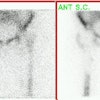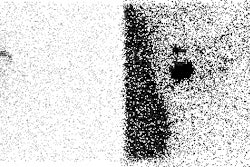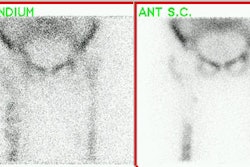Ann Surg Oncol 2001 Jan-Feb;8(1):7-12
Localizing the sentinel node outside of the specialty center: success of a
lymphatic mapping course in disseminating new technology.
Zervos EE, Saha S, Hoshaw-Woodard S, Wheatley GH, Burak WE Jr.
BACKGROUND: Sentinel node biopsy (SNB) is an evolving technology in the
management of breast cancer. The purpose of this study was to determine the
success of an SNB course in emphasizing principles for participants to
successfully initiate an SNB program at their institution. METHODS: Participants
in a university-sponsored course were queried 6 to 18 months after the course
regarding their success in initiating SNB in their practice. Univariate analysis
was used to determine the likelihood of implementing a SNB program. RESULTS:
Ninety-one participants responded. Of these respondents, 56 had initiated an SNB
program at their hospital, and 20 had completed a "validation" phase.
"Validation" consisted of less than 10 cases for 11 respondents, 11 to
20 cases for 5 respondents, and 20 to 30 cases for 3 respondents and >30
cases for 1 respondent. Twenty-eight percent initiated the learning curve
without an Institutional Review Board (IRB) protocol, and a further 20% went on
to utilize SNB without axillary dissection in sentinel node-negative patients
without IRB approval. Univariate analysis revealed that surgeons practicing in a
group whose caseload consisted of more than 25% breast surgery cases were most
likely (P < 0.05) to implement SNB in their practice. CONCLUSIONS: Success in
applying SNB after a course is high among surgeons in groups with a significant
breast caseload, although recommendations for obtaining institutional approval
and completing a 30-case validation series are often disregarded.






